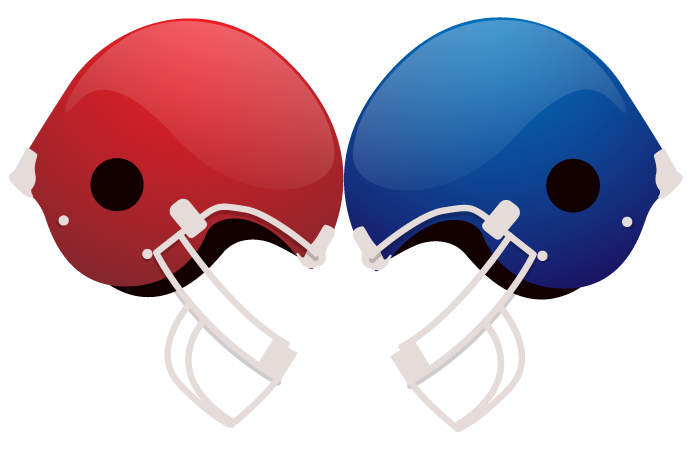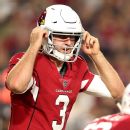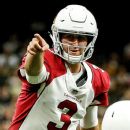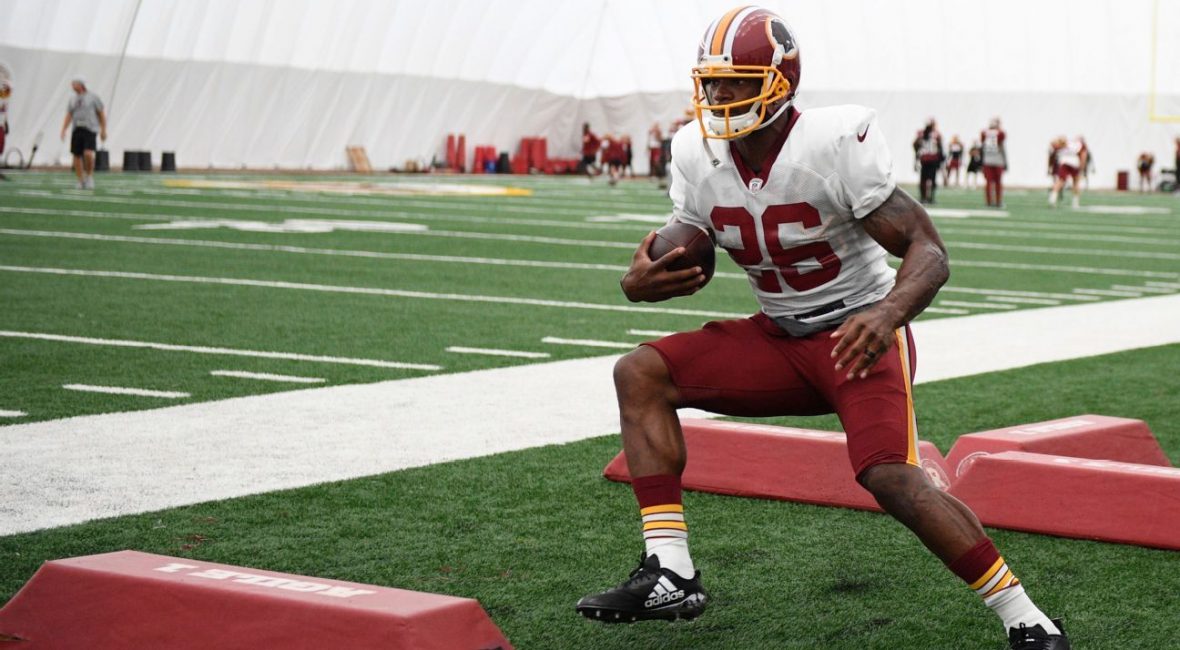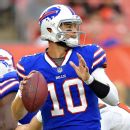EAST RUTHERFORD, N.J. — Odell Beckham Jr. just might have that financial security he so desperately desires before the start of the regular season.
The New York Giants and Beckham have made progress on what is expected to be a record-breaking contract for a wide receiver, sources told ESPN, and there is reasonable optimism from both sides that a deal could get done by the start of the season.
The Giants open against the Jacksonville Jaguars on Sept. 9 at MetLife Stadium.
-
The Giants running back flashed his potential on his first carry of the preseason, and his hamstring injury hasn’t been the source of any panic.
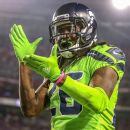
Shaquill Griffin could become a leader of the Legion of Boom in Seattle. NFL Nation picks potential breakout stars for 2018.
1 Related
Beckham, 25, has been looking for a new contract as 10 of the other 12 receivers selected in the first two rounds of the 2014 draft have received new deals within the past year.
The Giants wanted to see that Beckham had bought into their new regime and that the ankle he broke last October was healed.
After a rocky start to the year, the Giants listened to trade offers for their star receiver. He has done everything they’ve asked since.
It has been an especially successful summer on all fronts. Beckham has worked out at full speed in live drills and even participated in joint practices last week against the Detroit Lions. He has looked like his old self. He also has forged a strong relationship with new head coach Pat Shurmur, and it appears they have been on the same page this preseason.
Beckham was dreaming big last summer when he declared a desire to be the highest-paid player in football. But he seems to understand the market for wide receivers makes that impossible at this time.
The benchmarks for wide receivers are Antonio Brown’s $17 million per year with the Pittsburgh Steelers and Mike Evans’ $55 million in total guarantees with the Tampa Bay Buccaneers.
Beckham should be in line to top both. He’s a three-time Pro Bowl receiver who hasn’t reached his prime and is already one of the league’s biggest stars.
“Realistically, you just got to be realistic with yourself,” Beckham said earlier this summer. “You see what happened over the offseason. I can’t really worry about anybody else, just let them figure it out and whenever it happens, it’ll happen.”
Negotiations on a long-term deal began late last month. Beckham hasn’t said much about the contract since reporting to training camp. He has left the contract in the hands of his agent, Zeke Sandhu, and has been focused on getting back into playing shape after missing most of last season because of a broken ankle.
Beckham and quarterback Eli Manning have been seen squeezing in extra work between drills or after practice during camp.
“I definitely think it’s going to work itself out,” Beckham said last week. “When is it going to happen? You don’t know. That is the business side that is new to me in a sense. This is the first time I’ve ever had to deal with this or go through any of this.
“I believe it will work itself out. It’s a matter of time. Just like everything in life, it’s timing.”
Beckham hasn’t played in the Giants’ first two preseason games. Still without a new contract, he might not be willing to play until a deal is done.
But that is increasingly looking as if it might not be a problem come Week 1 against the Jaguars.

